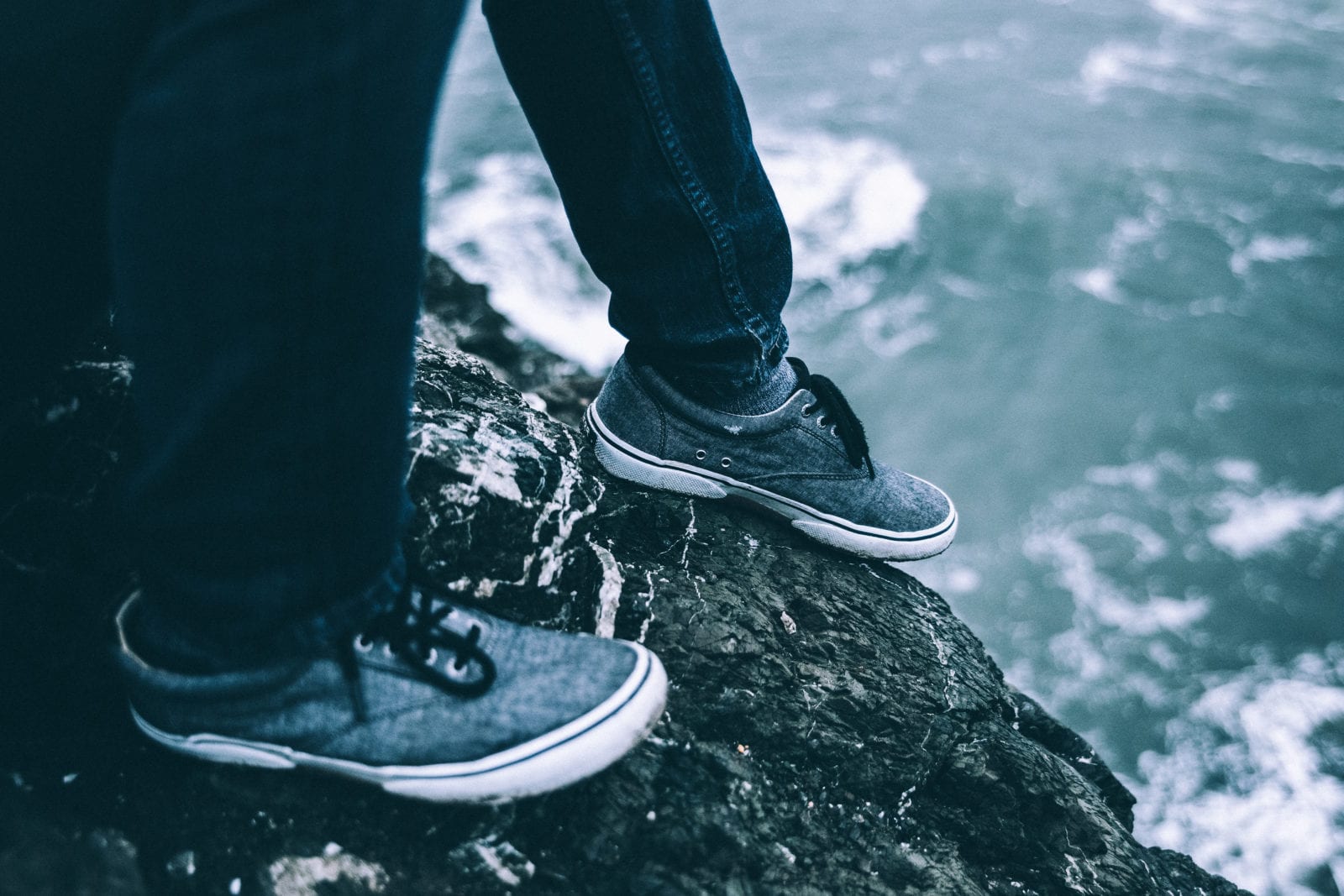
Ahmadiyya Gazette USA October 1998
The Quiet revolution for comfort shoes has begun. The consumers are demanding it. The manufactures are making them and Nike and Reebok and Ecco are using the “comfort” calling card as a pivotal part of their marketing strategy. In essence improving the quality of America’s collective foot, leg, and back health.
The epidemic of footwear-related health problems hardly need mentioning. A survey of American orthopedic foot and ankle society’s council on women’s footwear concluded that nearly 90 percent wore shoes one to two sizes too small. The result: bunions, hammertoe, corns, and other disabling foot problems. There is probably in excess of $3 billion spent annually in surgery due to improper shoes. Proper shoe fit with properly constructed shoes can save precious healthcare dollars and personal suffering. It’s not a question of vanity, it is a question of health. Deformity of feet and toes also prevent .proper positioning of the feet during salat in prostration and sitting positions (Jilsa and Qa’dah).
Comfort of feet is of prime importance. Comfort shoes are everyday, commercially available shoes designed for reasonably healthy feet so as not to worsen an existing condition or create one. Some points for consideration when selecting shoes:
Start with the Last: The last is the foot- shaped form that manufactures use to give the shoe its special size and shape. A “comfort last” is a foot form · correctly shaped to approximate the human foot.
Proper Fit: The design and construction of the shoe should allow for a roomy toe section. It should be both wide enough for the toes and one half-inch longer than the longest toe. Proper fit pressures proper design, shape and construction.
Stability: Foot stability is critical to minimizing wobbly ankles, excessive turning out of feet, and a heel that slips out of a shoe during walking. A broad heel base, a close fitting heel section plus a molded insole contribute to foot stability.
Shock Absorption: A keystone of comfort is the shoe’s ability to absorb the shock that ultimately promotes ankle, knee, hip and back problems. The insole, midsole, and outer sole construction and materials used are decisive determining factors.
Moisture Control: The way a shoe handles moisture is important. A dry foot promotes health and comfort.
Flexibility: In general, comfort shoes must bend with every step. This requires a flexible construction, especially in the sole.
Heel Height: The heel should not position the foot to create unnatural stress on the forefoot during walking. Many say the height should be no more than 1.5 inches. This will be an ongoing debate.
Soft, Pliable Uppers: Modem tanning techniques can create strong but supple uppers that surround the feet supportively and protectively without rubbing and chaffing, while allowing the foot to breathe.
Traction: There should be enough friction in the sole to minimize slips and near-slips. A slick, polished sole defeats the purpose of a comfort shoe.
Next time when you buy shoes remember the dictum:
“If the shoe fits wear it, and if it doesn’t order it in the correct size.”